Chances are, if someone mentions lobsters, you’ll either picture British soldiers or get hungry. But there’s a lot more to lobsters than meets the eye. These unusual arthropods are technically immortal, only dying from disease or a fractured exoskeleton. As such, that meal you’re thinking about may be older than you!
But something else you might not know is that there are many different types of lobsters out there. These arthropods are part of 15 different genera and include somewhere between 80 and 90 different species.
To help distinguish between different species, lobsters are often broken down into several types based upon physical characteristics such as claws or the water temperature. Here are 11 of those types, some of which you might find surprising.
See Also: 20 Types of Eels
Types of Lobster
1. Blue Lobster
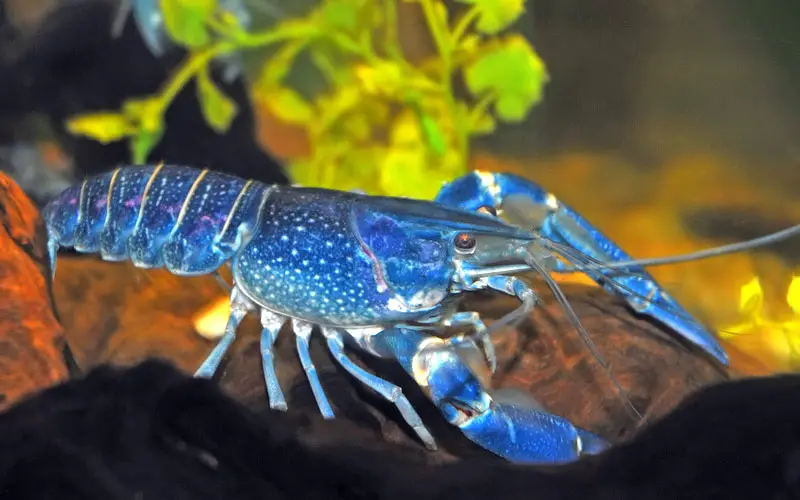
Known primarily as the common yabby, these false lobsters are actually a type of crayfish found throughout Australia. Despite having a body very similar to that of a lobster, these small crustaceans can thrive in both warm and cold water environments.
Due to their commercial popularity, the common yabby has been introduced to the Indian subcontinent, Southern Africa, and parts of Europe along the Mediterranean.
2. Clawed Lobster
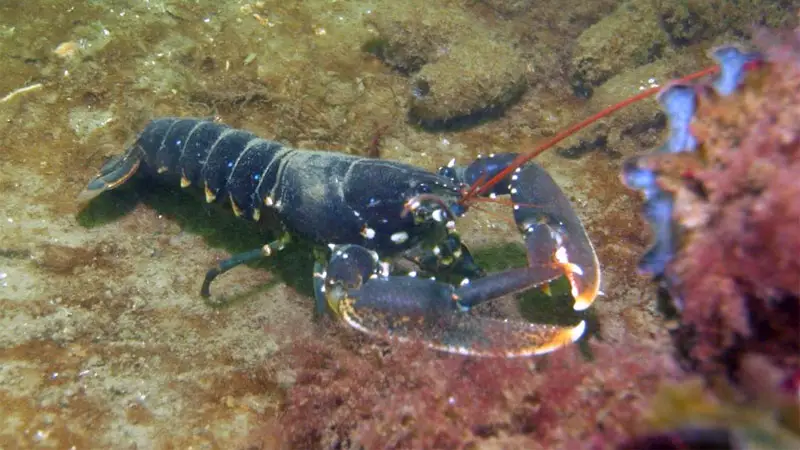
Despite being the most recognizable, there are only two common species of clawed lobster: the American lobster (AKA Maine lobster) and European lobster.
These lobsters have five pairs of limbs, three of which are clawed. Chances are, if you order lobster at a restaurant or buy one at the supermarket, it’s a clawed lobster.
Note that a third species of clawed lobster, the cape lobster, exists in extremely small numbers near the coast of South Africa. Only around a dozen live specimens have been observed, although remains can be found in museums across the globe.
3. Cold Water Lobster
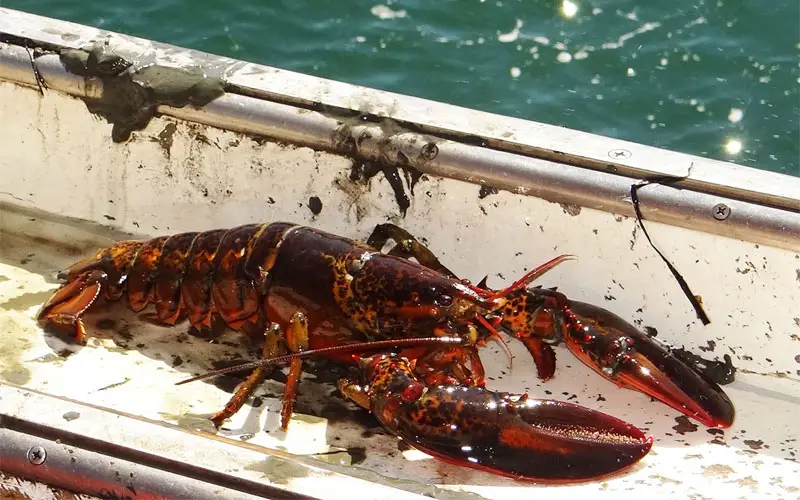
Many species of lobster prefer cold water regions, including the ones you’re used to seeing at most restaurants. These lobsters generally have larger bodies and front claws.
Their firm, slightly sweet meat makes cold water species such as the American lobster very popular.
Read Also: 18 Types of Caviar
4. False Lobster

Due to the close physical resemblance between many types of crustacean, many species are often identified as lobsters when they’re actually unrelated.
Many species of crayfish are confused with lobsters, and some have even earned common names with the word lobster in it (such as the aforementioned “blue lobster”.
5. Furry Lobster
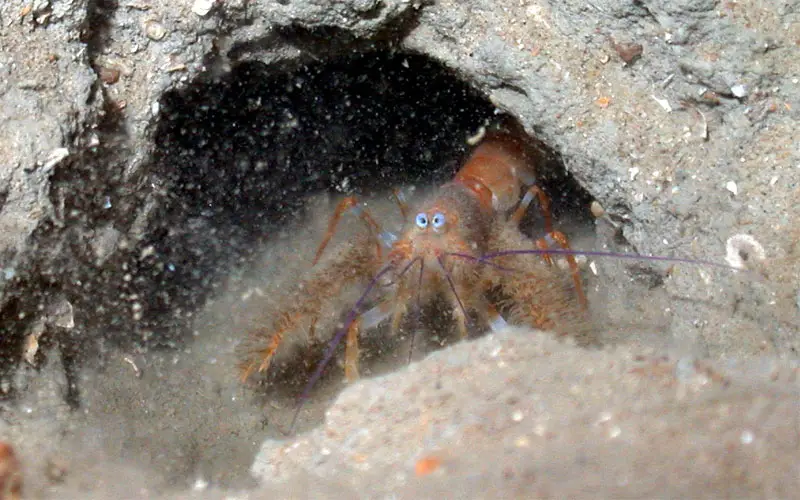
If Jim Henson could invent a lobster, the furry lobster would be it. These bizarre critters have short hairs covering their limbs, giving them their group name. Similarly, their habit of living among rocks and corals have earned them the nickname “coral lobsters”.
Their range covers the Pacific and Indian oceans, and all members of this type have proven difficult to catch using traditional traps. Instead, fishermen must spear them or capture by hand.
6. Reef Lobster
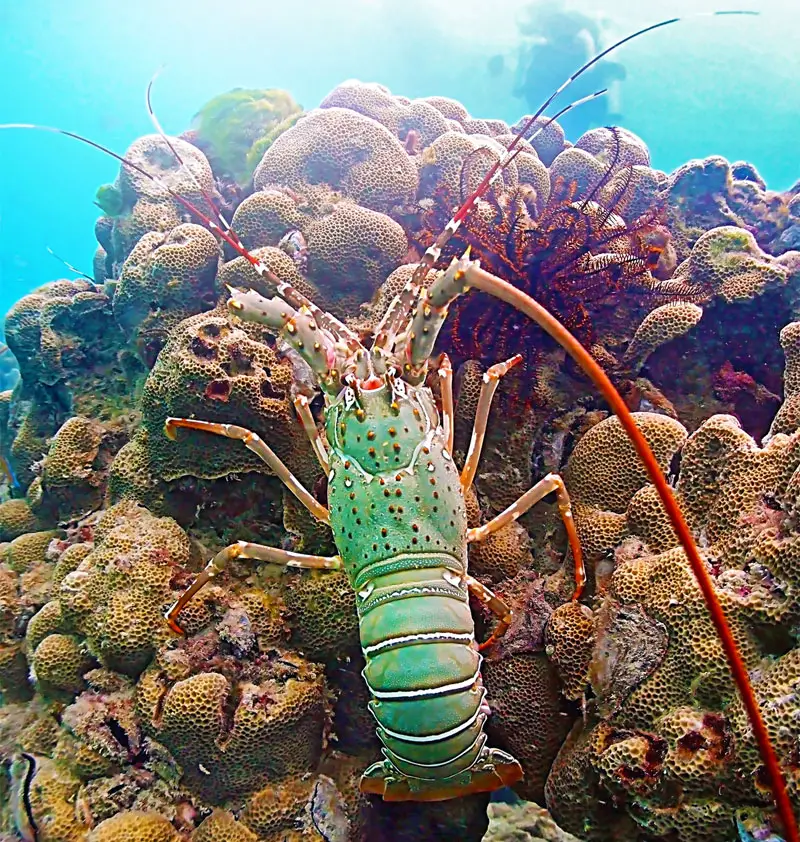
There are 11 species of reef lobster, all belonging to the genus Enoplometopus. Unlike the clawed lobsters, reef lobsters have only one set of claws. They’re also often brightly colored and, as the name implies, prefer to make their homes on reefs.
7. Slipper Lobster
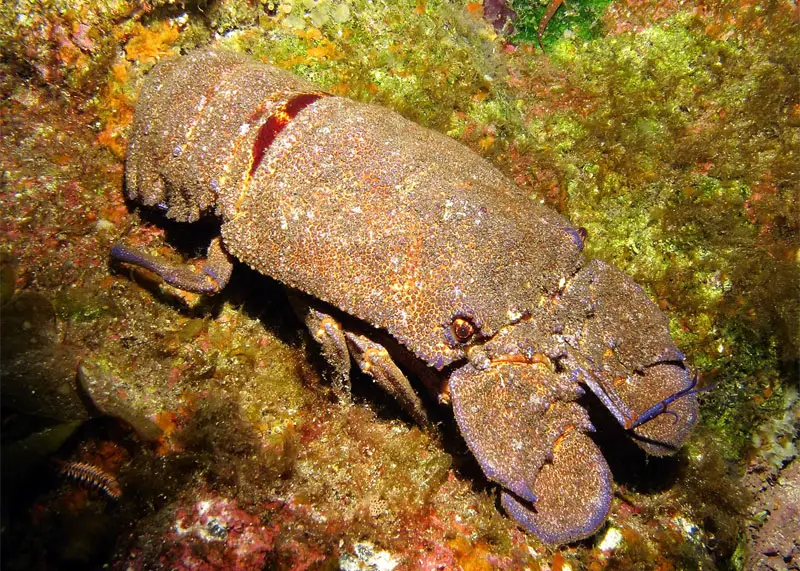
These unusual lobsters have flattened bodies and heads which allow some species to burrow underground during the day to hide from predators. They have no front claws and their antennae are broad and flat, serving as shovels.
Other species cling to cave walls where they’re difficult to spot or grab.
8. Spiny Lobster
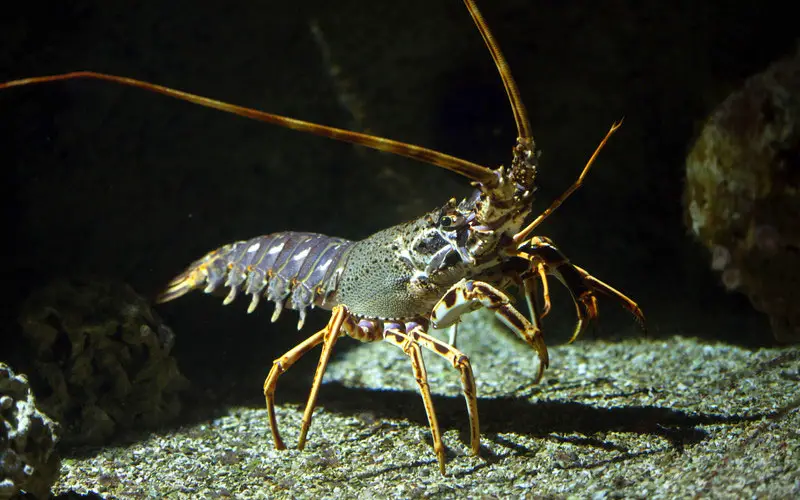
So named for their long, thick antennae, spiny lobsters are a very broad category which includes numerous species that share the big antennae and have no claws. They’re also known for mass migrations after rainstorms.
Spotting spiny lobsters in an area is considered proof that the local ecology is thriving.
9. Squat Lobster
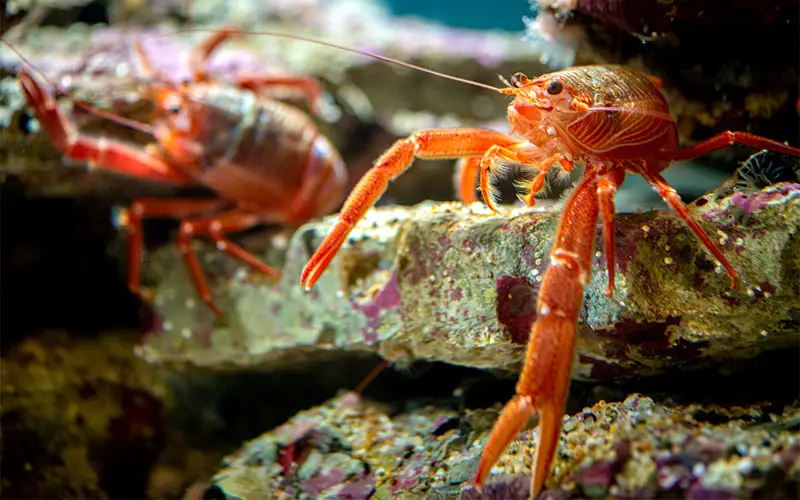
Commonly known as langostinos in South America, these colorful crustaceans aren’t true lobsters. Instead, they seem more like a cross between crabs, lobsters, and shrimp.
More than 1,000 species of squat lobster have been discovered along the ocean floor, and they’re a popular food across South America. Often brightly colored, species of squat lobster such as the yeti crab are closely related, making identification of new species a difficult task.
Related: 13 Types of Crabs
10. True Lobster
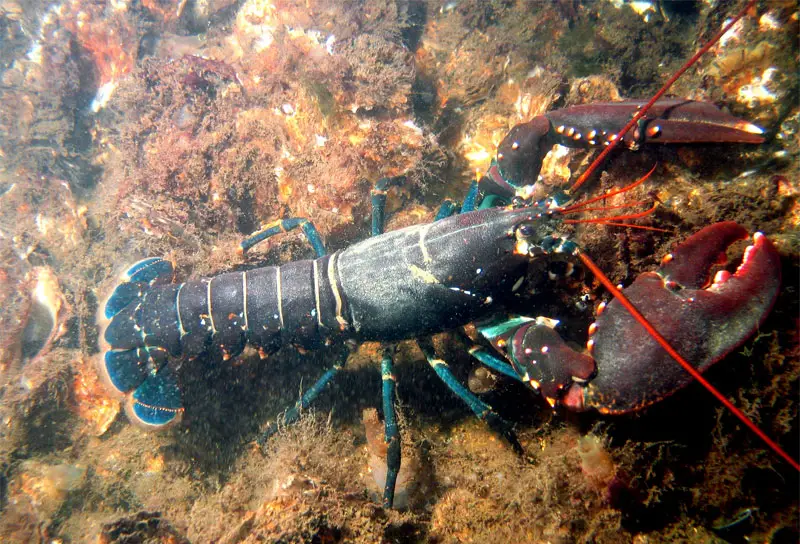
True lobsters are those which have specific genetic or physical traits which separate them from other crustaceans.
These differences are often found on a genetic level. As a result, many types of true lobster have been mistaken for other types of crustacean, although not as often as others have been mistaken for lobsters.
11. Warm Water Lobster
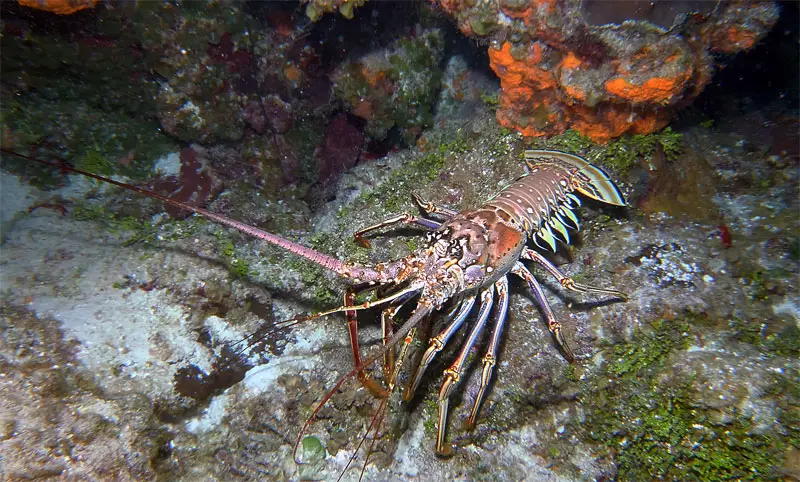
This major grouping of lobsters includes most of the smaller types on this list, such as the spiny lobster. They tend to be more colorful than their cold water counterparts and lack front claws.
Warm water lobsters are largely inedible, but the tails of many species are full of delicious meat. Supermarkets carrying lobster tails are most likely selling warm water species.

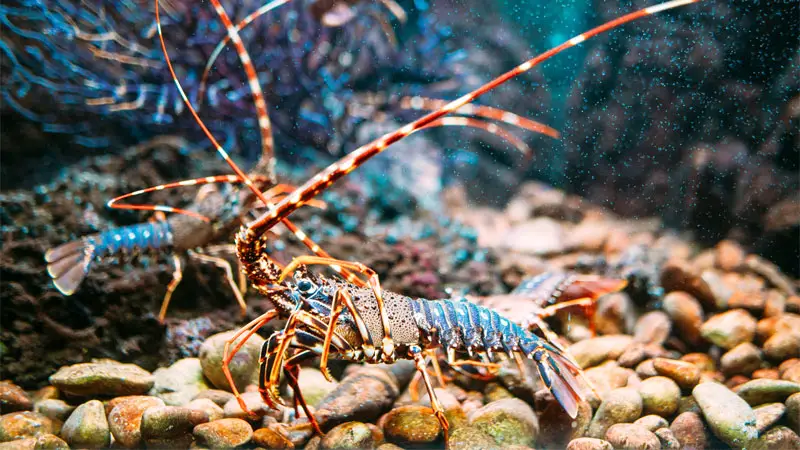
This was very interesting and helpful. Thank you for this, knowing what I now know it will come in handy when going to Mexico.
Thanks again
Pam, Alberta Canada